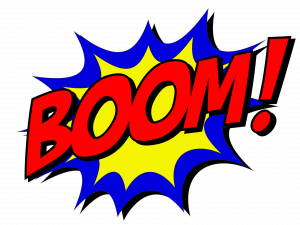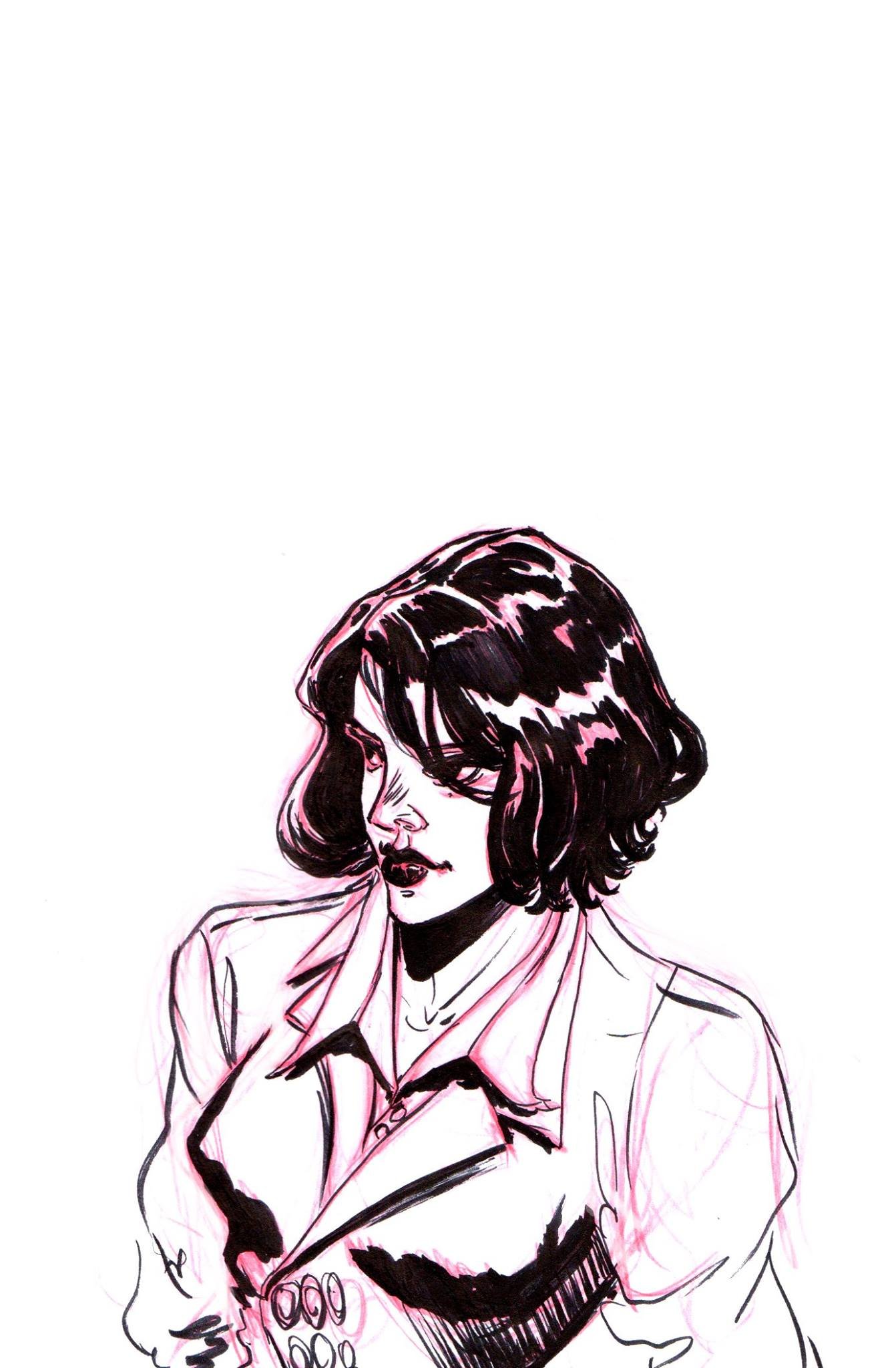comic
A comic book, also called comic book, comic magazine or simply comic, is a publication that consists of comics art in the form of sequential juxtaposed panels that represent individual scenes. Panels are often accompanied by descriptive prose and written narrative, usually, dialogue contained in word balloons emblematic of the comics art form. Although comics have some origins in 18th century in Eastern Asia, comic books were first popularized in the United States and the United Kingdom during the 1930s. The first modern comic book, Famous Funnies, was released in the US in 1933 and was a reprinting of earlier newspaper humor comic strips, which had established many of the story-telling devices used in comics. The term comic book derives from American comic books once being a compilation of comic strips of a humorous tone; however, this practice was replaced by featuring stories of all genres, usually not humorous in tone.
The largest comic book market is Japan. By 1995, the manga market in Japan was valued at ¥586.4 billion ($6–7 billion), with annual sales of 1.9 billion manga books (tankōbon volumes and manga magazines) in Japan, equivalent to 15 issues per person. In 2020 the manga market in Japan reached a new record value of ¥612.5 billion due to a fast growth of digital manga sales as well as an increase in print sales. The comic book market in the United States and Canada was valued at $1.09 billion in 2016.
Beginning with the late 2010s manga started massively outselling American comics. As of 2017, the largest comic book publisher in the United States is manga distributor Viz Media, followed by DC Comics and Marvel Comics the original feature full length special edition franchises including Superman, Batman, Wonder Woman, Spider-Man, the Incredible Hulk and the X-Men. The best-selling comic book categories in the US as of 2019 are juvenile children’s fiction at 41%, manga at 28% and superhero comics at 10% of the market.
Another major comic book market is France, where Franco-Belgian comics and Japanese manga each represent 40% of the market, followed by American comics at 10% market share.

Comic structure
Comic books are reliant on their organization and appearance. Authors largely focus on the frame of the page, size, orientation, and panel positions. These characteristic aspects of comic books are necessary in conveying the content and messages of the author. The key elements of comic books include panels, balloons (speech bubbles), text (lines), and characters. Balloons are usually convex spatial containers of information that are related to a character using a tail element.
The tail has an origin, path, tip, and pointed direction. Key tasks in the creation of comic books are writing, drawing, and coloring. There are many technological formulas used to create comic books, including directions, axes, data, and metrics. Following these key formatting procedures is the writing, drawing, and coloring.
In the United States, the term comic book, is generally used for comics periodicals and trade paperbacks while graphic novel is the term used for standalone books.
Now Get started!
bring to life your new comic project,
i will create it for you!


I truly recommend his work.
He has a strong methodology to create all the specks I needed. He is professional with fair quotes.


